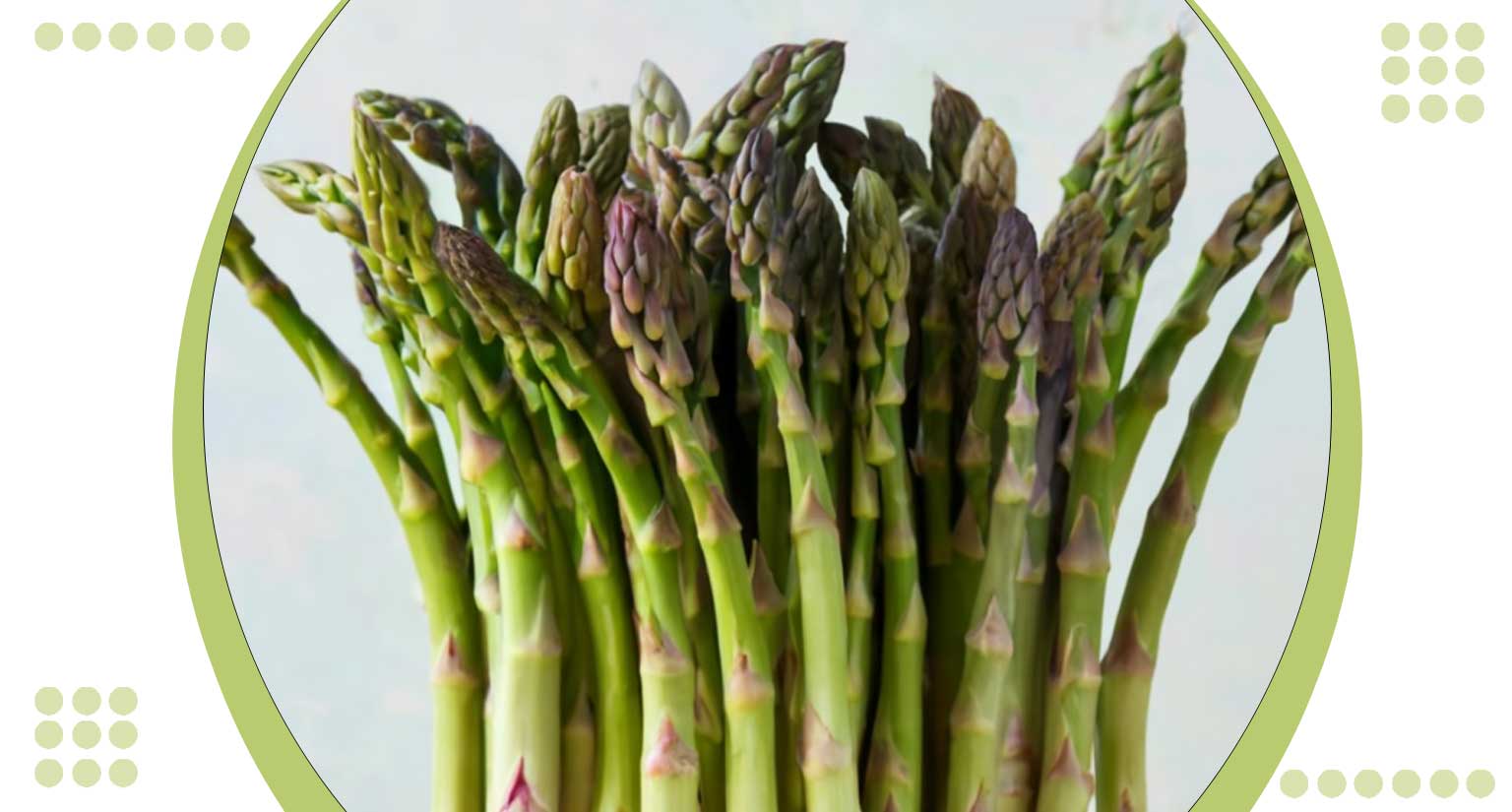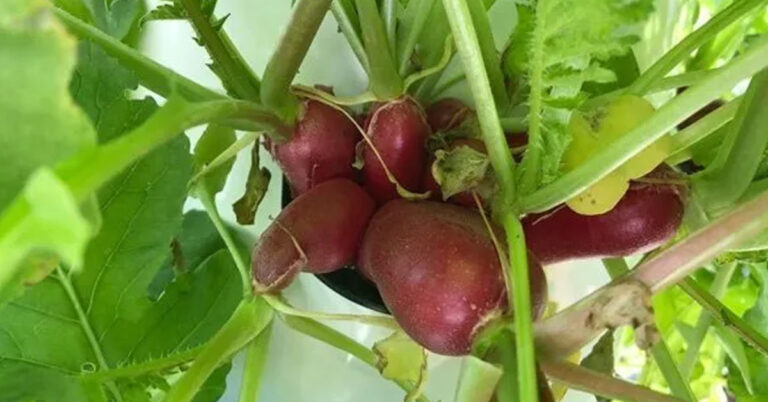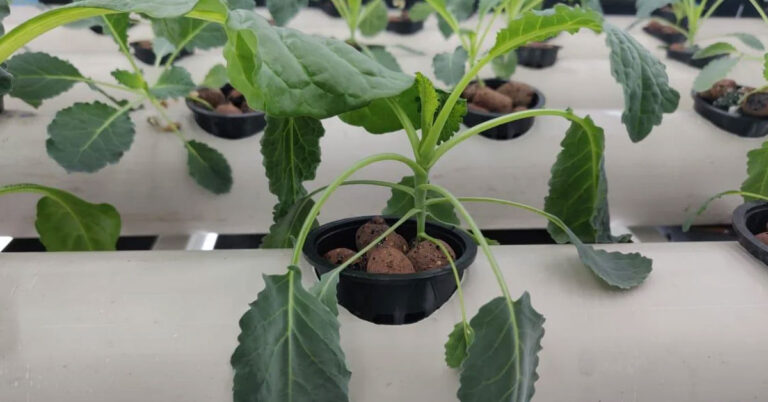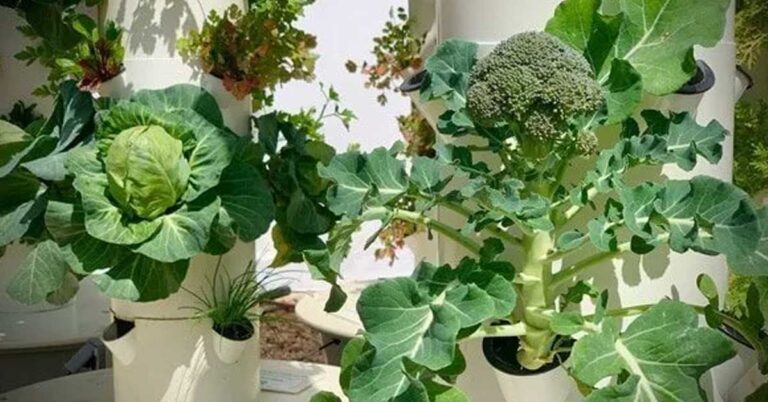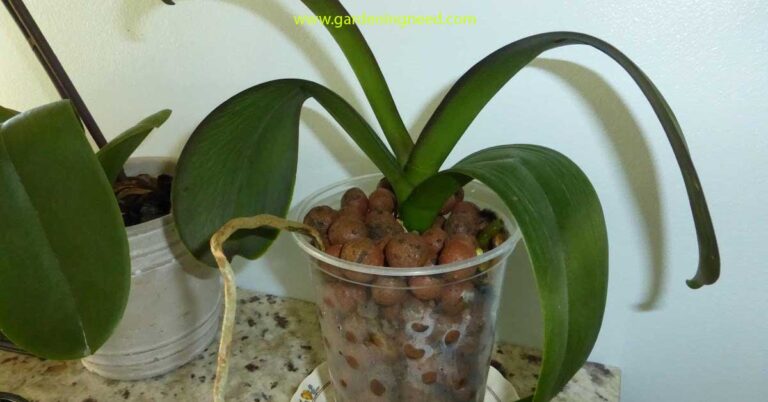Asparagus Hydroponic: 4 Expert Tips for Successful Growth
The cutting edge world of Asparagus Hydroponic, where innovation meets agriculture. This revolutionary cultivation method is transforming the way we grow asparagus, promising a more sustainable and efficient approach to farming, fresh, flavorful asparagus that’s grown with precision and care.
Asparagus Hydroponic not only ensures a bountiful harvest but also minimizes environmental impact. This game changing technique leverages water efficiency and nutrient optimization, delivering unparalleled quality and taste.
Hydroponic asparagus cultivation represents a modern approach to growing this prized vegetable without traditional soil. By utilizing nutrient rich water solutions, hydroponic systems provide an efficient method to nurture and harvest asparagus.
This innovative technique ensures optimal nutrient absorption and growth, resulting in healthier and more flavorful asparagus spears. Asparagus grown hydroponically is celebrated for its purity and consistency, meeting high culinary standards with minimal environmental impact.
The process begins with selecting resilient asparagus varieties suited for hydroponic environments. These plants are carefully placed in a controlled setting where their roots are immersed in or intermittently exposed to a balanced nutrient solution.
This solution is meticulously calibrated to deliver essential minerals such as nitrogen, phosphorus and potassium directly to the plants, promoting vigorous growth and robust flavor development. Hydroponic asparagus systems offer growers greater control over growing conditions, including temperature, humidity and light exposure, ensuring optimal crop health and yield.
One of the primary advantages of hydroponic asparagus cultivation is its sustainability. By eliminating soil, this method conserves water and reduces the need for chemical fertilizers and pesticides. It also minimizes soil erosion and nutrient runoff, contributing to healthier ecosystems.
Hydroponic asparagus not only meets the demand for fresh, locally grown produce but also supports environmentally conscious farming practices that benefit both consumers and the planet.
How to grow asparagus hydroponically?
1. Choose the Right Asparagus Varieties
Select asparagus varieties that are well suited for hydroponic cultivation. opt for disease resistant and high yield varieties to ensure a successful harvest.
2. Set Up a Hydroponic System
Install a reliable hydroponic system, such as nutrient film technique (NFT) or deep water culture (DWC). Ensure that the system provides optimal support for asparagus growth, allowing for efficient nutrient absorption.
3. Provide Ideal Growing Conditions
Maintain a controlled environment with a temperature range of 65-75°F (18-24°C). Asparagus thrives in slightly acidic to neutral pH levels (6.5-7.5). Monitor and adjust these conditions regularly for optimal growth.
4. Nutrient Management
Implement a nutrient solution rich in nitrogen, phosphorus, and potassium. Regularly check and adjust nutrient levels to meet the specific needs of asparagus plants at different growth stages.
5. Lighting and Support
Ensure your hydroponic asparagus receives adequate light, preferably a minimum of 12 hours a day. Additionally, provide proper support for the growing spears to prevent bending or breakage as they develop.
6. Harvesting Techniques
Harvest asparagus spears when they reach 6-8 inches in length. Use a sharp knife to cut the spears just above the soil level. Regular harvesting encourages continuous production throughout the growing season.
By following these steps, the secrets to successful hydroponic asparagus cultivation, reaping the rewards of fresh and flavorful spears year round.
What is the best fertilizer for asparagus?
Choosing the best fertilizer for asparagus depends on providing the right balance of nutrients essential for its growth and productivity. Asparagus thrives with a fertilizer high in nitrogen during its initial growth stages, promoting robust fern development. A balanced fertilizer formulation, such as a 10-10-10 blend, provides adequate levels of nitrogen, phosphorus and potassium to support overall plant health and yield.
Organic options like compost or well aged manure enrich the soil with organic matter and essential nutrients, enhancing soil structure and fertility over time. These natural fertilizers improve soil health and reduce the need for synthetic chemicals, supporting sustainable gardening practices. Regular soil testing helps determine specific nutrient deficiencies, guiding the application of fertilizers to optimize asparagus growth and ensure a bountiful harvest.
Asparagus Nutrient Needs
Asparagus, a nutrient demanding crop, thrives when provided with a balanced and rich fertilizer. For optimal growth, focus on a fertilizer with a well rounded mix of nitrogen, phosphorus, and potassium (N-P-K).
Recommended N-P-K Ratios
Look for a fertilizer with an N-P-K ratio of approximately 5-10-10 or 10-10-10. These ratios ensure adequate nitrogen for robust foliage development, along with sufficient phosphorus and potassium to support strong root systems and prolific spear production.
Organic Options for Enhanced Soil Health
Consider organic fertilizers, such as well rotted compost or aged manure, to enrich the soil and promote a healthy microbial environment. These natural options contribute to long term soil fertility and sustainability.
Application Timing
Apply fertilizer in early spring before spears emerge and after the final harvest in late fall. This timing aligns with the critical stages of asparagus growth, providing the necessary nutrients when the plant needs them most.
Top Dressing Technique
Adopt a top dressing technique by spreading the fertilizer evenly around the asparagus plants, avoiding direct contact with the crowns. Water the area thoroughly after application to facilitate nutrient absorption.
Soil Testing for Precision
For precise fertilizer application, conduct regular soil tests to assess nutrient levels. This allows you to tailor your fertilization approach based on the specific needs of your asparagus crop, ensuring optimal health and productivity.
Benefits of Hydroponic Asparagus Cultivation
Enhanced Resource Efficiency
Hydroponic systems optimize water usage, requiring up to 90% less water compared to traditional soil based cultivation. This not only conserves a precious resource but also minimizes the environmental impact of asparagus cultivation.
Year Round Harvest
Enjoy a consistent and year round harvest with hydroponic asparagus cultivation. By controlling the growing environment, you can extend the production season, ensuring a fresh supply of flavorful asparagus regardless of external weather conditions.
Increased Crop Yield
Hydroponic systems provide a well regulated environment, promoting faster growth and higher yields. Expect a more abundant harvest of asparagus spears, meeting market demands and maximizing the return on your cultivation efforts.
Space Optimization
Utilize space more efficiently with hydroponic setups, allowing for vertical cultivation and stacking. This space saving approach is particularly advantageous for urban or limited space environments, making hydroponic asparagus cultivation adaptable to various settings.
Precise Nutrient Control
Hydroponic systems enable precise control over nutrient levels, ensuring that asparagus plants receive the ideal balance of essential elements. This not only enhances growth but also results in asparagus spears with consistent quality and flavor.
Reduced Pest and Disease Risks
Hydroponic cultivation minimizes exposure to soil borne pests and diseases, reducing the need for pesticides and chemical treatments. This promotes a healthier and more sustainable asparagus crop, aligning with modern agricultural practices.
The agricultural innovation by embracing hydroponic asparagus cultivation. Heightened efficiency, year round abundance and sustainable farming practices, revolutionizing the way to grow and enjoy this delectable vegetable.
4 Expert Tips for Successful Growth
1. Optimal Planting Depth
Ensure asparagus crowns are planted at the correct depth, approximately 6-8 inches below the soil surface. This depth encourages strong root development and protects against frost damage. Planting too shallow or deep can hinder growth and yield.
2. Adequate Sunlight and Soil Conditions
Asparagus thrives in full sunlight and well drained, nutrient rich soil. Choose a location with at least 6-8 hours of direct sunlight daily. Soil should be pH neutral to slightly acidic (6.5-7.0) for optimal nutrient absorption and plant health.
3. Regular Watering and Mulching
Maintain consistent soil moisture throughout the growing season, especially during dry periods. Avoid waterlogged conditions, which can lead to root rot. Mulch around plants to retain moisture, suppress weeds and regulate soil temperature.
4. Proper Fertilization and Feeding
Apply a balanced fertilizer in early spring before spears emerge and again after harvest to replenish nutrients. Avoid over fertilization, which can stimulate fern growth at the expense of spear production. Consider organic options like compost or aged manure for sustainable soil enrichment.
What is the best environment to grow asparagus?
Climate and Temperature
Asparagus thrives in temperate climates. Choose a location with well defined seasons, as this perennial crop benefits from a period of dormancy during winter. The optimal temperature range for asparagus cultivation is between 65-75°F (18-24°C).
Sunlight Exposure
Select a sunny site for your asparagus bed. Asparagus plants require full sunlight to produce robust spears. Aim for at least 8 hours of direct sunlight daily to ensure vigorous growth and high yields.
Soil Quality
Asparagus prefers well draining soil with a slightly acidic to neutral pH range of 6.5-7.5. Conduct a soil test to assess nutrient levels and amend the soil with organic matter like compost to enhance fertility and structure.
Adequate Space and Soil Preparation
Allocate ample space for your asparagus bed, ensuring each plant has enough room to spread out. Prepare the soil by removing weeds and incorporating organic matter. Asparagus prefers loose, well aerated soil for optimal root development.
Watering Practices
Provide consistent moisture to asparagus plants, especially during dry periods. Use a drip irrigation system or water at the base of the plants to keep foliage dry and minimize the risk of diseases. Avoid overwatering, as asparagus roots are susceptible to rot in waterlogged soil.
Mulching for Weed Control
Apply a layer of organic mulch, such as straw or wood chips, around the asparagus plants. Mulching helps suppress weeds, retain soil moisture and regulate soil temperature, creating an optimal environment for asparagus growth.
Winter Care
In regions with cold winters, protect your asparagus bed by cutting back the ferns after the first frost. Apply a layer of mulch to insulate the crowns and prevent winter damage. Uncover the bed in early spring as temperatures rise.
By creating this ideal environment for asparagus, set the stage for a bountiful and healthy harvest, ensuring the longevity and productivity of asparagus bed.
Conclusion
Asparagus hydroponic cultivation represents a leap forward in sustainable and efficient farming. Harvest with year round abundance, precise nutrient control and reduced environmental impact.
The full potential of hydroponics for robust, flavorful asparagus that meets the demands of modern, conscious consumers. Embrace innovation, streamline your cultivation process and savor the rewards of a flourishing hydroponic asparagus crop.

